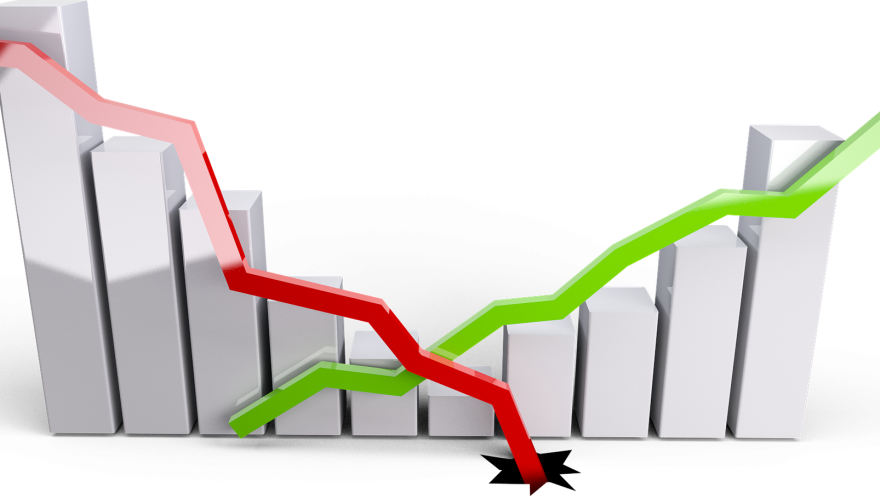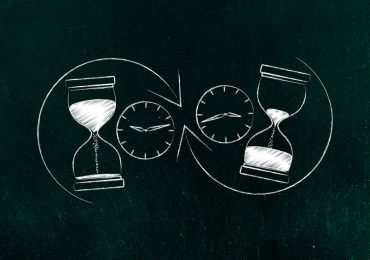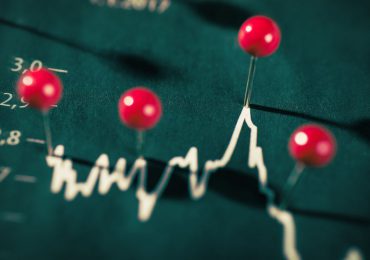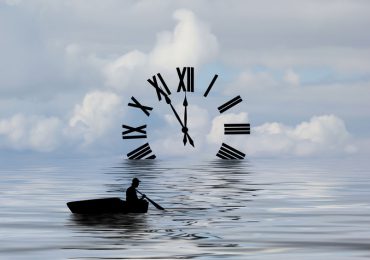Many people tend to think of market crashes as an abrupt drop—with good reason, as there have been a few that were quick jolts, such as the S&P 500 34% plummet at the start of the pandemic. But the largest drawdowns haven’t been sharp, instantaneous drops; rather, they were drawn-out sequence of events that played out over time, contends an article in The Economist.
For example, the financial crisis of 2008 wasn’t just that year; it lasted over 17 months from 2007 to 2009. The 2000 Dotcom bubble burst was a 2 1/2 year-long process, and the stock market’s most famous crash in 1929 actually took 3 years to run its course. Those long losing streaks were split up by occasional rallies and doldrum periods where not a lot happened. In other words, “they were long, uncertain slogs,” and we could be in for another period like that, the article maintains.
But it can be hard to spot when the market will bottom out. Though capitulation—the frenzy that occurs when everyone who is going to sell off does—is usually a good sign that the bottom is near, it can difficult to determine if it’s actually happening when it happens. In the past 14 bear markets since World War II, the average downturn saw a drop of over 32% and lasted about 11 months. That historical data would suggest that this year’s downturn has a ways to go, as the S&P 500 hit 23% in losses last month, then rallied a bit.
And while investors are pessimistic, they’re still clinging to their favorite, riskier assets: pharmaceuticals and telecommunications stocks are still up this year. The worst day for the S&P 500 in 2022 is still only the 39th-worst since the year 2000, indicating that the market is holding the line rather than panicking. And though it’s much easier to study the crashes of the past and try to learn from them, actually making money by pinpointing precisely when capitulation will happen is much, much harder, the article concludes.









